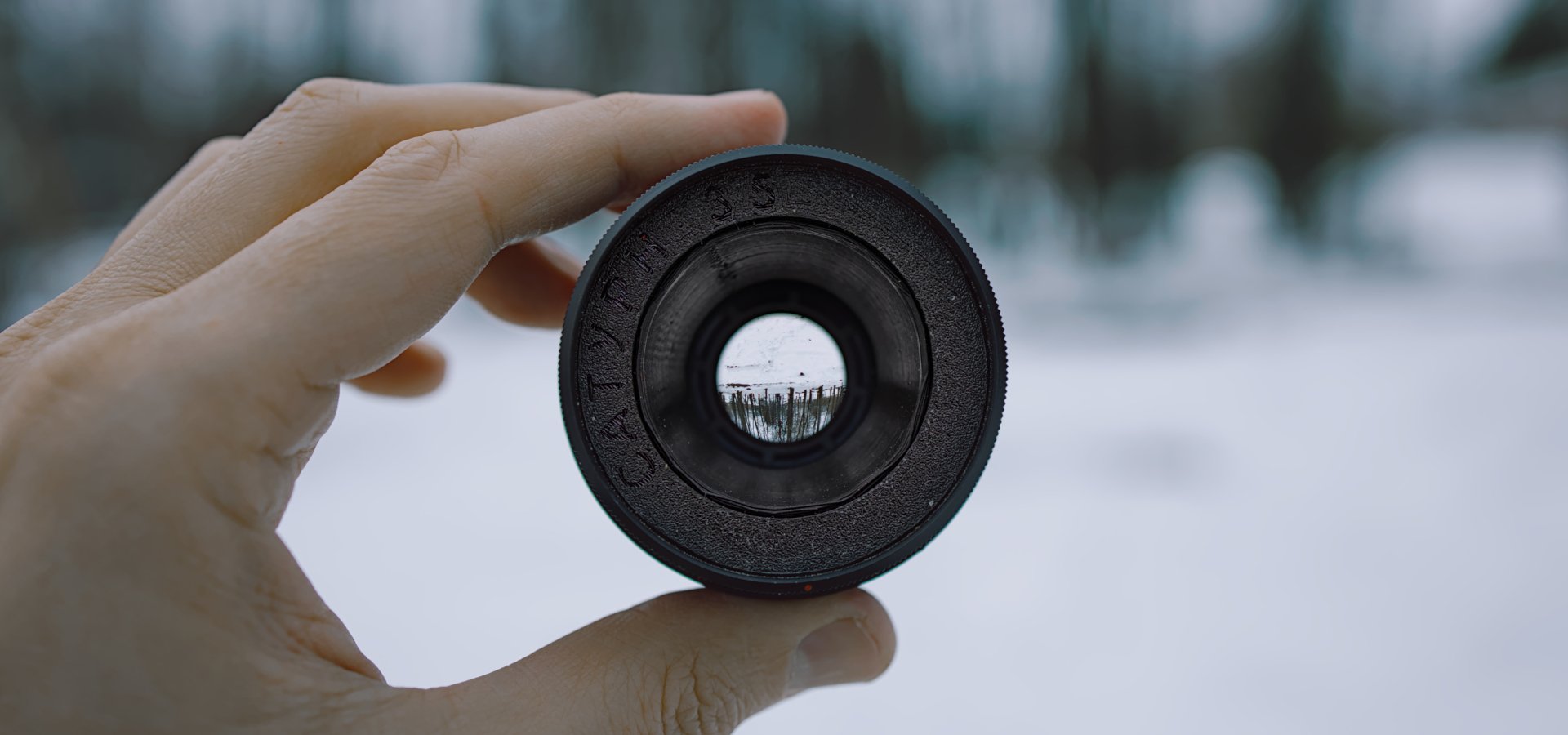
A Review of the "Saturn" Monocle, Handcrafted by Viktor Zharikov
A Lens Review, or Why I Fell in Love with Imperfection
I know everyone's chasing perfect sharpness and sterile images these days, but I've discovered a whole new world: pictorialism. It’s like Impressionism in painting, but for photography. The main goal isn't perfect clarity, but capturing a mood, emotion, and atmosphere. I first learned about it during a photography club course and realized this was the approach I'd been missing.
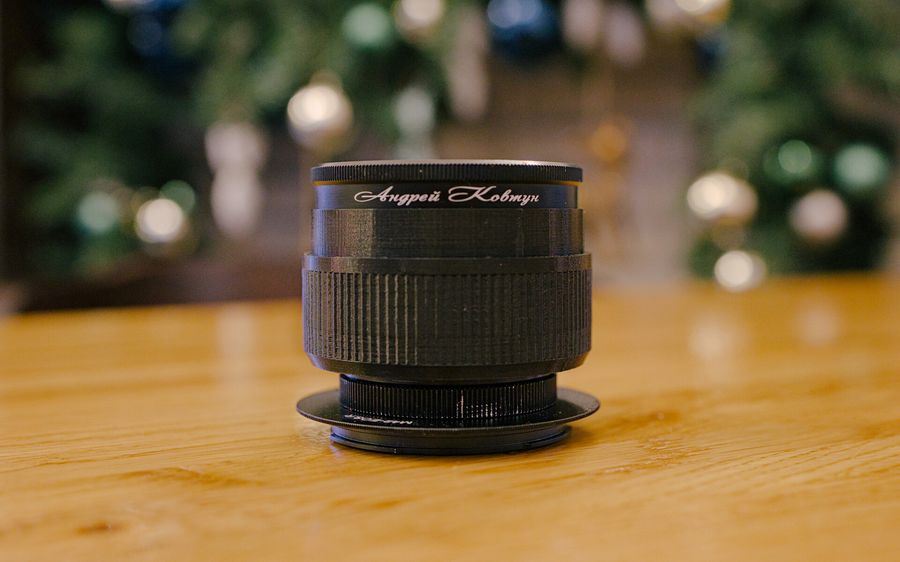
For the last two months, I've been inseparable from my Viktor Zharikov "Saturn" monocle. I already had some soft-focus 50mm and 56mm lenses, but I wanted something wider and more versatile for my shoots. I ordered this monocle, and I haven't regretted it once.
So What Exactly Is a Monocle?
The photographic monocle is not a modern invention. It was one of the very first types of lenses, emerging in the mid-19th century. Due to its simple single-element construction, it was both affordable and widely used. However, with the advancements in optics and the development of achromatic and apochromatic lenses that corrected optical aberrations, the monocle was largely replaced. Yet, in the late 19th and early 20th centuries, it experienced a revival among pictorialist photographers who intentionally used its "imperfections" to create artistic, painterly images.
Monocles and achromats are special lenses. They don't try to be perfect; instead, they use their "flaws" as features. As programmers say, "It's not a bug, it's a feature." A monocle consists of a single positive lens, which gives it characteristic optical aberrations like chromatic and spherical aberrations, and distortion. But these very imperfections are what create that airy, glowing image with a special mood.
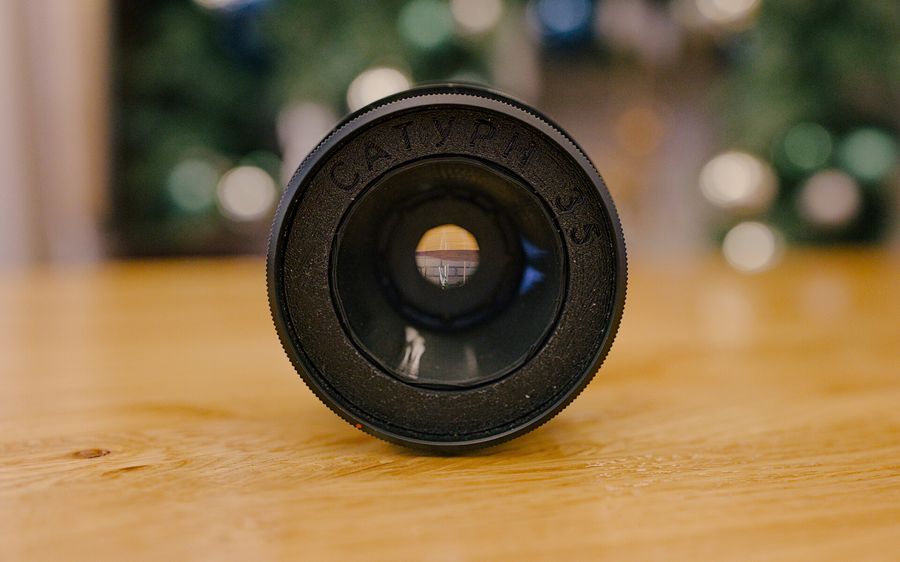
By the way, many monocles are made from old Soviet lenses, which makes them quite affordable. Just keep in mind that you need to get used to them. At first, I had a hard time—the sharpest focus and the highest contrast don't align perfectly on a monocle, so you have to learn how to find the sweet spot. You can't rely on focus peaking for this. But over time, I've gotten the hang of it and now I really enjoy the process.
My "Saturn"
This lens is perfect for landscapes and portraits, especially in bright light. The bright parts of the image start to glow, creating a magical effect that you can't replicate in post-production.
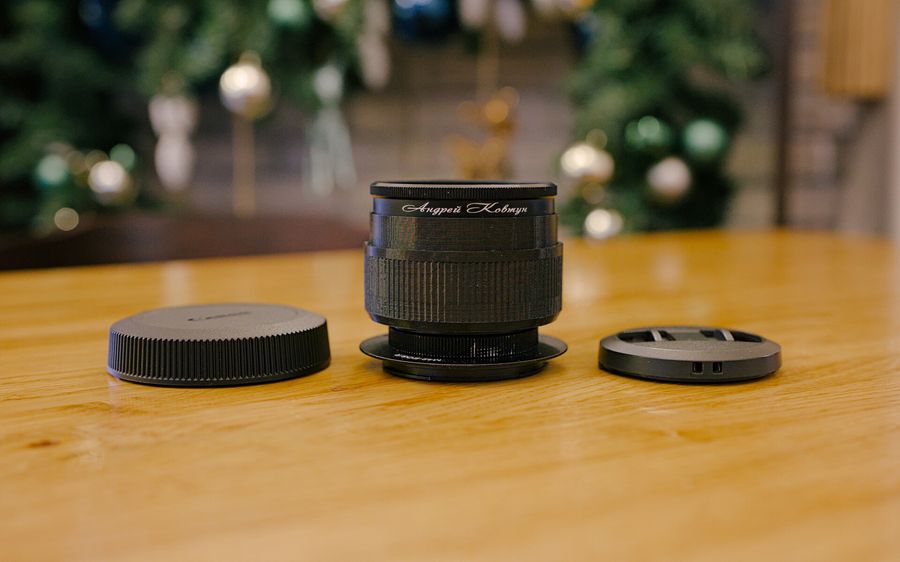
My 35mm "Saturn" was made by the Tambov-based master Viktor Zharikov, one of the founders of the "Wizards of Light Painting" project. I own a couple of his other lenses, but the "Saturn" is special. It has a very recognizable look with edges that wrap and swirl, which is how it got its name, reminiscent of Saturn's rings.
Technical Details and Nice Touches
The lens body itself is 3D-printed, and the aperture diaphragm comes from the legendary Soviet Helios 44. The focus ring is incredibly smooth, and the Leica lens element adds another layer of quality. The monocle is so compact and light that I can just toss it in my bag. Viktor also engraved my name on it, which makes it truly personal.
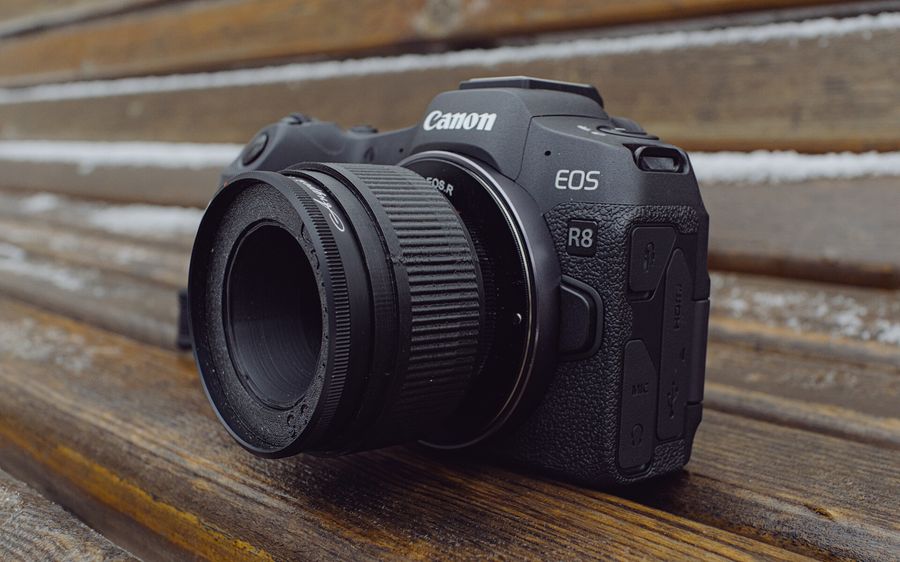
A bit more on the optics. The "Saturn" is a single-element lens that uses a positive plano-convex lens. This design produces a soft, "glowing" image, which is most prominent at wide-open apertures. The spherical aberrations make the edges of the image less sharp and create the vignetting characteristic of pictorialism. My specific unit was calibrated for full-frame Canon EOS mirrorless cameras and uses an M42 screw mount. I just bought a tiny RF-mount adapter from AliExpress, and it works perfectly.
The Verdict
If you're looking for a way to add more artistry and uniqueness to your photos, the "Saturn" monocle is a great choice. It opens up new creative possibilities and lets you see photography in a different light. It's an excellent tool for experimentation that will add a special atmosphere to your gear collection.
Photo Examples
The photo gallery has been updated with new images I took half a year after acquiring the monocle.
Links: